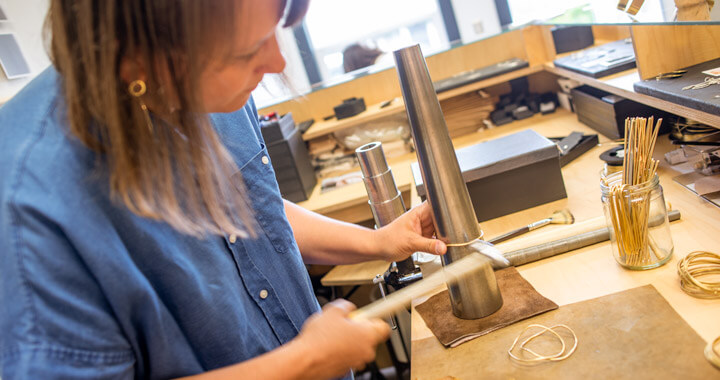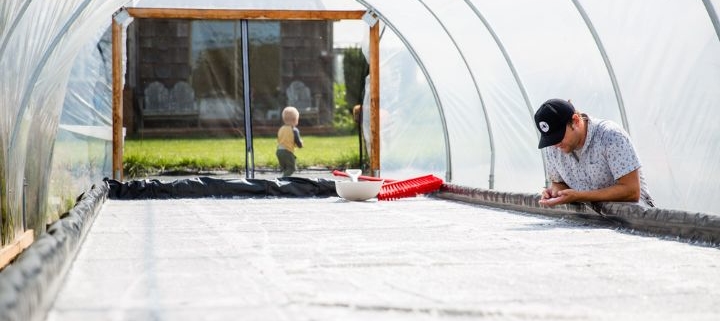The Magic of Salt
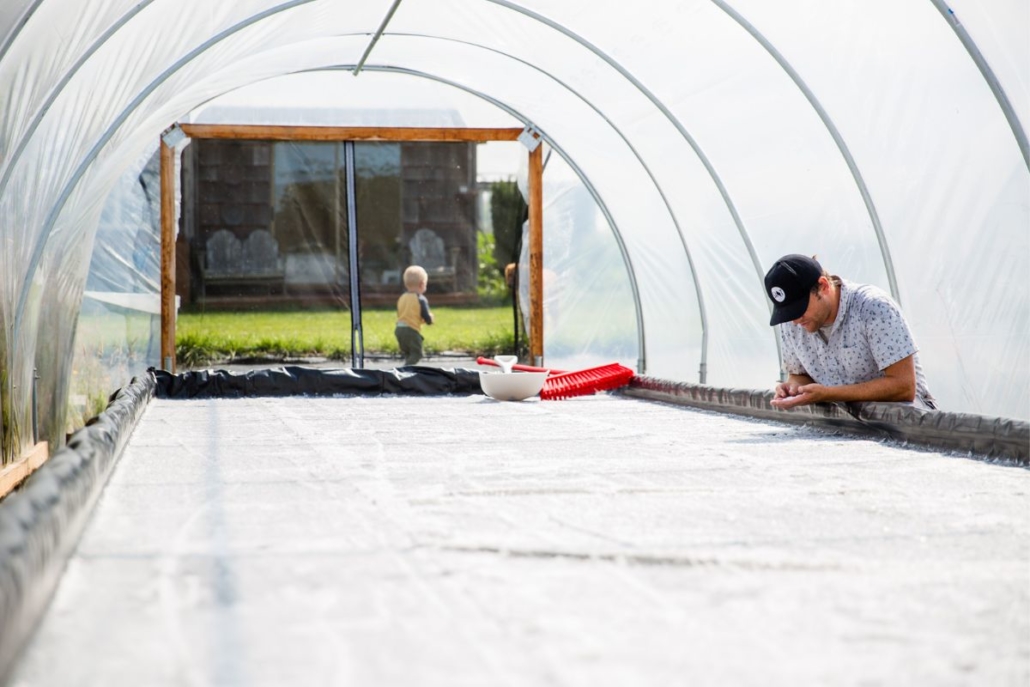
With seawater and sunshine, Brady Ryan produces roughly 20,000 pounds of salt a year on San Juan Island.
“There’s a manufacturing component to every business and there is to ours. But there’s also this magical side. Seeing the crystals first appear when nothing was there just a few hours earlier, it’s incredible,” explains Brady Ryan, founder of San Juan Island Sea Salt.
On a small salt farm just outside of Friday Harbor, San Juan Island Sea Salt produces 20,000 pounds of salt a year. And not just any salt. These are specialty salts made with Mother Nature’s love.

Brady’s first foray into seawater evaporation began on a stovetop in his parent’s home. It has evolved a lot since then. In 2012 he moved back to his San Juan Island roots. This outgoing, fast-talking gent was born and bred in the same sliver of the Olympic Rainshadow he farms today. Heck, he’s even raising his family in his childhood home.
But instead of boiling seawater and wasting electricity, he’s producing salt using Mother Nature’s most efficient heat source — the sun.
Most salt manufacturers evaporate on a stovetop, which takes about two pounds of propane to make a pound of salt. We let the sunshine do all the work.
Brady Ryan
There are no fans, no heaters, and no propane. Outside of Brady’s 50-year-old truck named Fred used to transport the seawater, this salt is produced with next to no environmental impact.
But Brady does give the sun a bit of an assist. He and his team have built 14 evaporation houses. The 1,200-square-foot structures help raise the indoor temperature to anywhere from 115 to 118 degrees. The houses are outfitted with 3-inch-deep ponds.
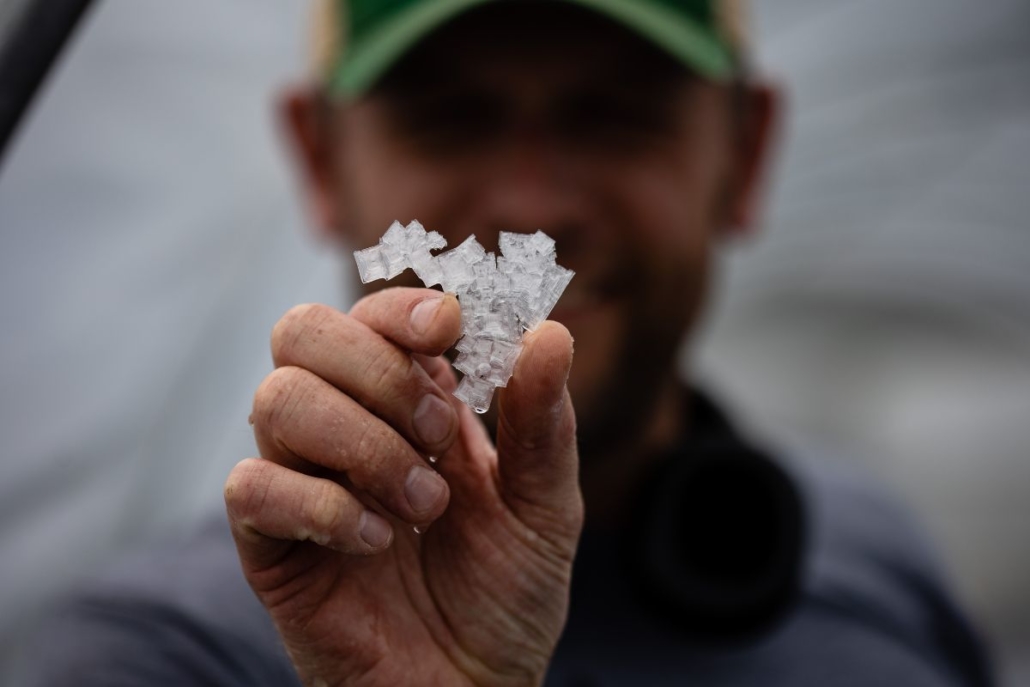
Brady and his team collect seawater from a private beach three miles from the farm. They filter it through an industrial filter. “And then it’s really a stone age process,” said Brady.
During the peak of summer it takes roughly one month for the ponds to evaporate. Because the process is so weather dependent, the harvesting season runs from May to late September. On average, the farm is primed to produce roughly 20,000 pounds of salt a year — until the team builds more evaporation houses that is. They plan to build seven more evaporation houses for 2023.
What happens to all that salt? Once the water has evaporated, the team collects and sifts the bounty. Because the seawater has been allowed to completely evaporate, San Juan Island Sea Salt has trace minerals that are naturally occurring in the ocean. In short, the raw salt has a briny flavor that tastes like the sea. This prized flavor profile is particularly unique in their finishing salt.
The different salt grades aren’t the only thing you’ll find on the menu. The farm’s Salt Kitchen produces 30 different flavored salts and seasoning blends. The flavor profiles run the gamut of sour to fiery and everything in between. Dill Pickle. Popcorn. Spicy Thai. There’s something for everyone — including those who want an all-island experience. Their Madrona Smoked Salt is classic, smoked for two days over Madrona wood collected from trees that are cut down on the island.
Their website carries a full selection of what’s in stock. You can also find select salts at retail locations throughout the San Juans and novelty shops in Seattle, like DeLaurenti Food & Wine.
Friday Harbor Seafood Blend Barbecued Salmon
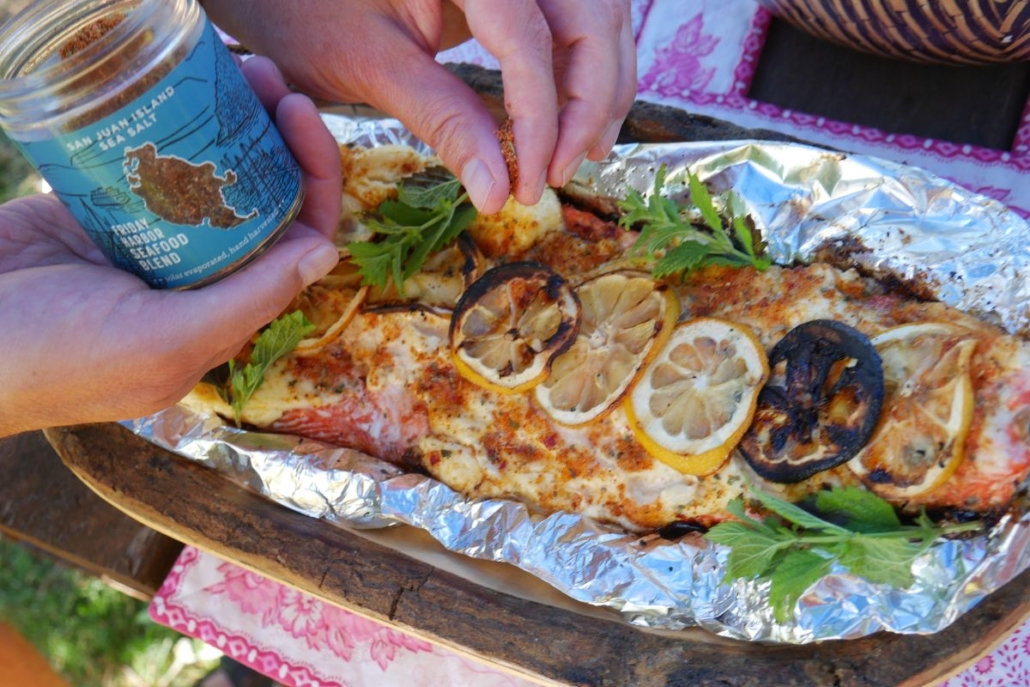
Grilled seafood makes for a fast meal, perfect for a celebratory dinner or casual evening on the beach. San Juan Island Salt’s Seafood Blend takes the classic seafood king to the next level with a pop of fresh herbs and zesty zing of citrus. Pair this with your favorite grilled veggies and a glass of pinot for a meal you won’t soon forget!
- 2 lb. salmon filet
- ½ Cup mayonnaise
- 2 large lemons (including 1 grilled lemon)
- 4 TBS Friday Harbor Seafood Blend
Preheat BBQ with one side at medium heat and one side at low heat
Slice one lemon into ¼” rounds and place directly on the grill. Cook each side so that they get a bit charred. Set aside.
Slice the remaining lemon in half. Place the filet on heavy-duty aluminum foil and squeeze the juice from half the lemon directly on the fish. Then sprinkle with a tablespoon or more of the Seafood Blend
Smear the mayonnaise to cover the filet completely and sprinkle another couple of tablespoons of Seafood Blend on top. Place charred lemon slices along the filet. Barbecue the fish with the tail end over the low heat and with the lid closed. The timing will depend on your grill. I left our filet cooking for about 10 minutes.
Check the thick end of the salmon for doneness. The meat will turn from dark pink to light pink and will become flaky. Garnish with lemon wedges from the remaining half lemon.
Discover More Island Artists
Lisa Lamoreaux, San Juan Island Fine Artist

Rahman Anderson from Studio 45 Glass on Lopez Island
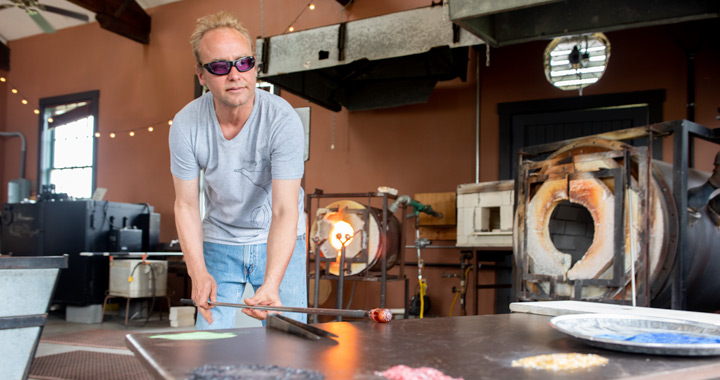
Paula West, Pottery Artist
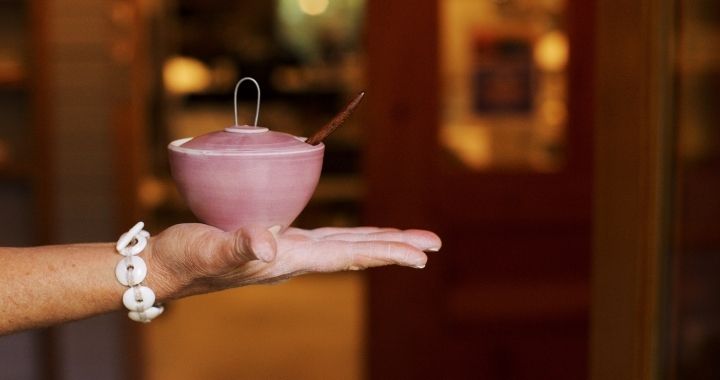
Orcas Island Jewelry Artist, Jessie Morrow
